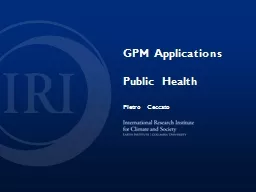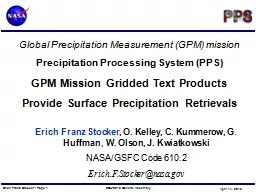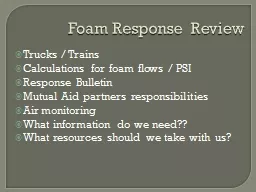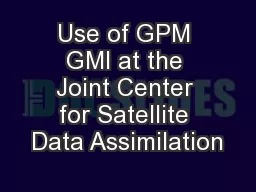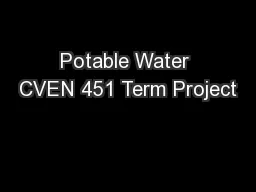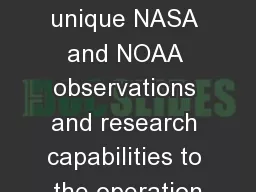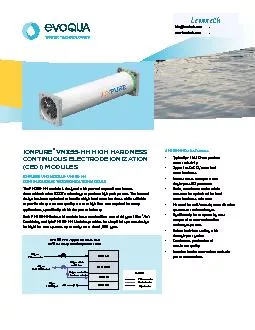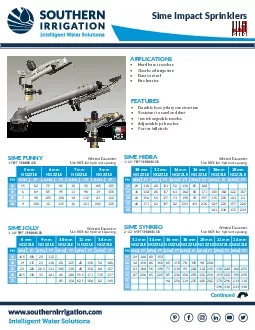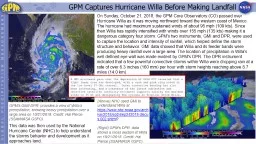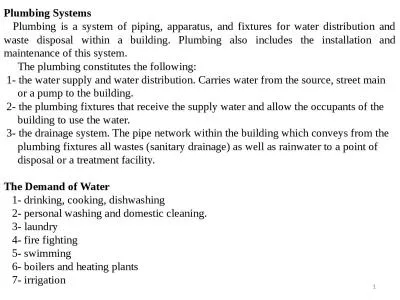PPT-GPM Applications
Author : luanne-stotts | Published Date : 2016-04-05
Public Health Pietro Ceccato VectorBorne Diseases Mosquito Sandfly Malaria Leishmaniasis How Does Climate I nformation Help Improve understanding of the mechanisms
Presentation Embed Code
Download Presentation
Download Presentation The PPT/PDF document "GPM Applications" is the property of its rightful owner. Permission is granted to download and print the materials on this website for personal, non-commercial use only, and to display it on your personal computer provided you do not modify the materials and that you retain all copyright notices contained in the materials. By downloading content from our website, you accept the terms of this agreement.
GPM Applications: Transcript
Download Rules Of Document
"GPM Applications"The content belongs to its owner. You may download and print it for personal use, without modification, and keep all copyright notices. By downloading, you agree to these terms.
Related Documents

